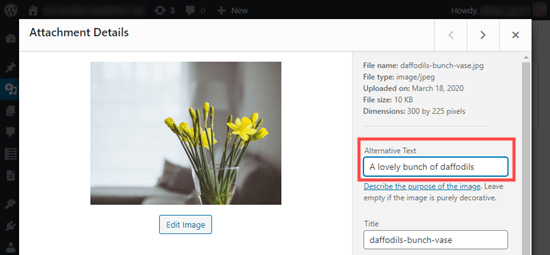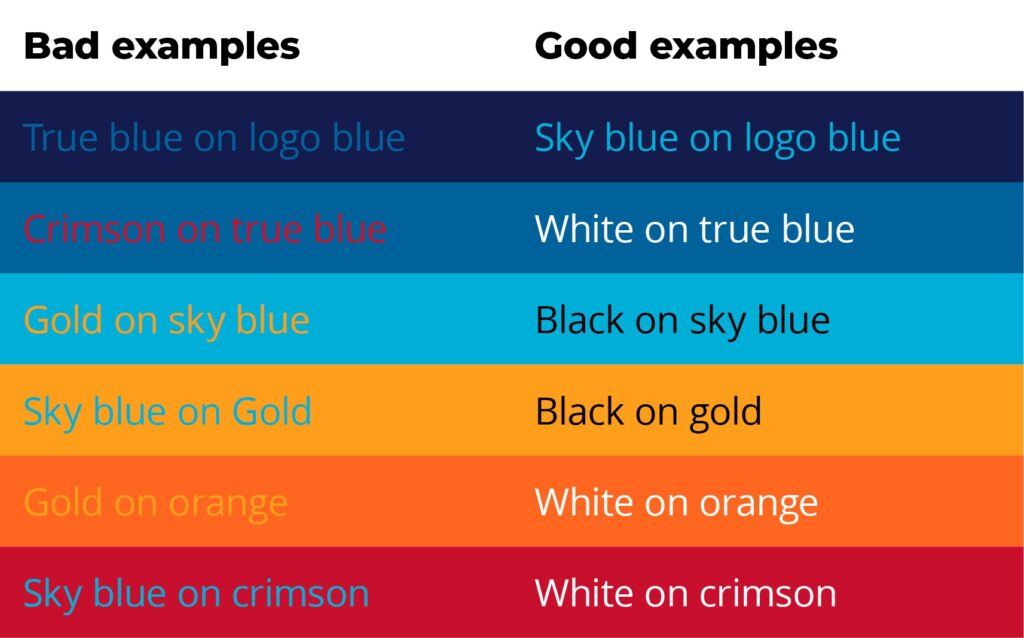Inclusive Design and Accessibility For Fashion Publication
Points of Exclusion:
My project involves creating a fashion magazine featuring local Philadelphia designers, and as I continue to work on it, I am taking note of the main points of exclusion. One of the main goals I have for this project is to ensure that everyone can access the magazine’s print and digital versions. For those who have visual impairments, visual accessibility is a major point of exclusion. Reliance on visual components, such as photos and layout design, may provide difficulties in the magazines print version. In order to navigate through this, I can include tactile components, such as braille annotations or imprinted textures, which can give those with impaired vision a more palpable experience. In order to provide an seamless viewing experience for a digital form for this magazine, it is also critical to make sure that it is compatible with screen readers and that alternative text is provided for images. Readability for individuals with dyslexia or other challenges with reading is another possible exclusion point. Readability in the print edition can be improved by utilizing readable typefaces, changing font sizes, and keeping things such as formatting consistent throughout the magazine. In addition, adding text-to-speech features and providing flexible font selections for the digital version helps accommodate a range of different needs and promote a more inclusive reading experience.
The magazine’s digital format presents a unique set of possible exclusionary factors, especially for individuals with mobility impairments. Navigational obstacles may arise if digital platform is not suited for accessibility. In order to solve this, I will place a high priority on creating an accessible digital magazine form that is compatible with technological aids. Including captions for multimedia content is one way that can help create a more inclusive form of my magazine. In conclusion, in order to make my fashion magazine an inclusive platform, I will make sure that I optimize the visual and reading experiences for both print and digital versions, and take tactile factors into account for the print version. Through implementing these methods, I hope to produce a magazine that honors the rich local design culture while also being approachable and entertaining for everyone, encouraging inclusivity within the dynamic fabric of Philadelphia’s fashion industry.
Access Design Solutions:
First, in order to create a fashion magazine such as this, design solutions for the print and digital versions must take a variety of disabilities into careful consideration. This ensures inclusivity and a seamless reading experience for all readers. I understand that print and digital versions must be accessible to people with visual impairments. For individuals with visual impairments, in the print version, I can include the use of high contrast colors and tactile components such as braille annotations. It’s important to make sure the digital version is compatible with a screen reader and to provide alternative text for all my images included in the magazine. Moreover, designing solutions that improve readability is a necessary part of meeting the needs for individuals with any kind of reading limitation. Best practices for the print version include using readable typefaces, varying font sizes, and keeping formatting consistent. Text-to-speech features and configurable font selections in the digital version can accommodate a range of reading needs. Next, I plan on giving accessibility top priority in both the print and digital editions of the magazine, taking into account mobility issues. In print, individuals who have fine motor impairments can be accommodated by making sure pages can be easily navigated and easily flip through. In addition, adopting an accessible design for a digital form with easier keyboard navigation, making sure the digital version is compatible with assistive devices, and providing options for mouse-based interactions are crucial steps that I plan on implementing into my magazine design process.
Furthermore, adhering to universal design principles fosters inclusion for individuals with limitations by making everything useable by everyone, regardless of ability. The design solutions I am applying can assist a wider audience when taking into account the full spectrum of transitory disabilities or mismatched human interactions. The digital version of my magazine will also include user-friendly navigation, considering the persona spectrum which includes situational limitations in addition to physical impairments. Readers who may be interacting with the magazine while traveling or in distracting situations are provided with options which makes their readability easier. In conclusion, accessibility is still my first priority when it comes to design, even as I begin to create my fashion magazine. I want to make sure that my magazine becomes a platform that celebrates the diverse backgrounds of its readership by implementing solutions that address an array of disabilities and abiding by best practices like universal design principles. By making deliberate design decisions, I hope to provide a welcoming and stimulating environment for everyone, encouraging a feeling of community within the dynamic Philadelphia fashion scene.
Here are some examples of these accessible design solutions:

Braille Annotations

Alternative text for image

Examples of good and bad color contrast in design.

Examples of consistency within design throughout magazine publications.
Getting The Word Out/Distribution:
One of my main goals for my magazine is ensuring that it reaches its target audience and has a significant impact. Identifying the audience that this publication is intended for is the first step in spreading the word. My target audience is mostly Philadelphia-based fashion enthusiasts, such as those who value the distinctive and varied talent present in the region’s fashion scene. This can include anyone from students who are interested in fashion or anyone who is eager to learn more about Philadelphia’s vibrant fashion industry. I also want to draw interest from those within the fashion industry such as local designers. To ensure that my fashion magazine gains visibility, social media is a vital resource. I can raise exposure for this publication by using Instagram in particular, where I can post some of the content of my magazine, behind-the-scenes photos, and interesting narratives about the featured designers. Using appropriate hashtags and interacting with regional fashion groups on platforms such as Instagram will aid in raising awareness and attracting my intended audience. Participating in local Philly event such as fashion shows, or design exhibitions offers the opportunity to showcase the magazine and establish an in person connection and interaction with my intended audience. I have already had the pleasure of attending Philly’s fashion week where I was able to meet a variety of distinctive designers which in turn, can help in the visibility of my magazine. In conclusion, an effective combination of online and offline advertising, utilizing social media and through involvement in local events is my plan in reaching the target audience for my fashion magazine.
Leave a Reply